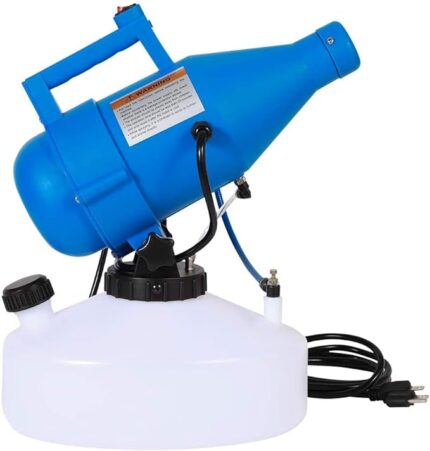- Includes a Ladybug educational sheet with Release Tips, Release Rates, Ladybug Fun Facts and FAQ’s
- Mesh bag of Live adult ladybugs
- Ladybugs are general predators that feed on a variety of slow-moving insects including Aphids, Lacewings, Moth eggs, Mites, Scales, Thrips, lacewings, Leaf Hoppers, Mealybugs, Chinch Bugs, Asparagus Beetle larvae, Whitefly and others
- Ladybugs are good bugs great for kids, birthday parties, school projects!
- Ladybugs are Guaranteed with Live Delivery! Our products are not shipped or sold in Hawaii.
USE: Lady bugs prefer to eat aphids and will devour up to 50 a day, but they will also attack scale, mealy bugs, boil worms, leafhopper, and corn ear worm. They dine only on bugs and do not harm vegetation in any way. RELEASE: Lady bugs should always be released after sundown since they only fly in the daytime. During the night, they will search the area for food and stay as long as there is food for them to eat. The more they eat the more eggs they lay and the more bugs eating larvae you will have. It is best if the area has been recently watered. Ladybugs tend to crawl up and toward light. So release them in small groups at the base of plants and shrubs that have aphids or other bugs, and in the lower part of trees. RECOMMENDATIONS: Ladybugs may be kept in the refrigerator after they are received (35-50 degrees F.) and released as needed. Ladybugs received March through May should not be stored more than 2 to 3 days since their body fat has been depleted. From June on, they may be stored 2 to 3 months. It is normal for there to be several dead Ladybugs in the container, especially those received from March through May. These bugs have reached the end of their life cycle.








































Reviews
There are no reviews yet.